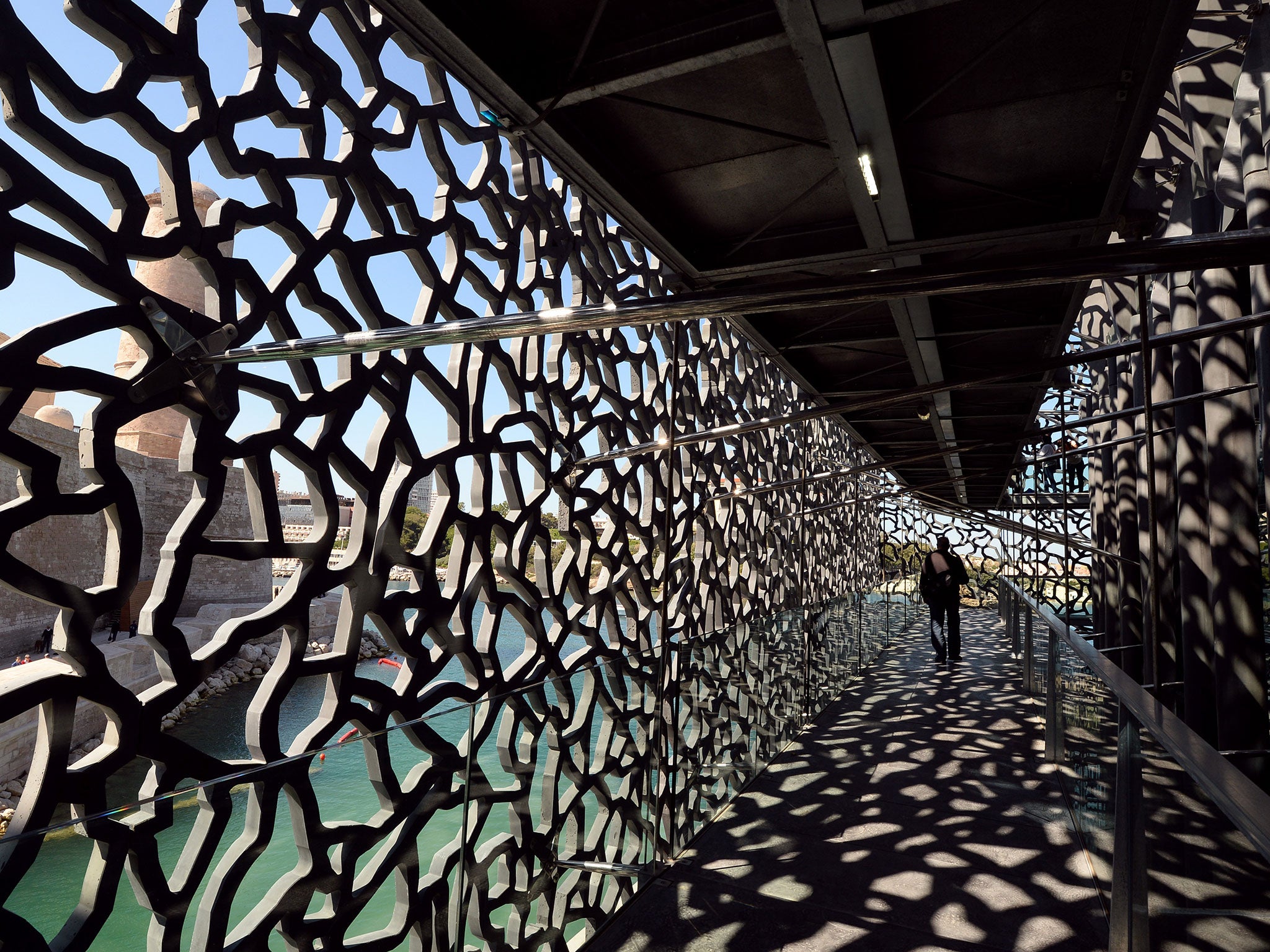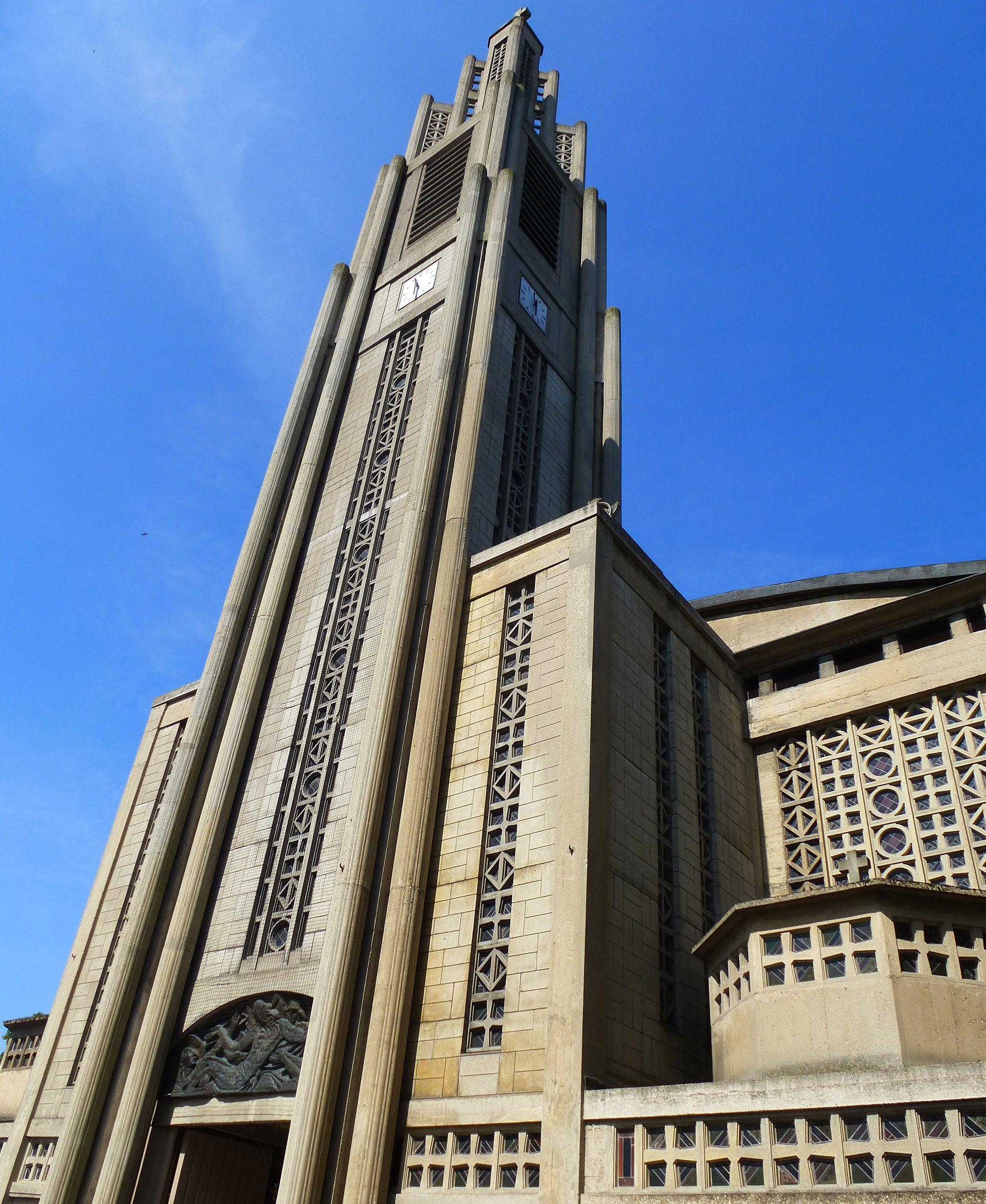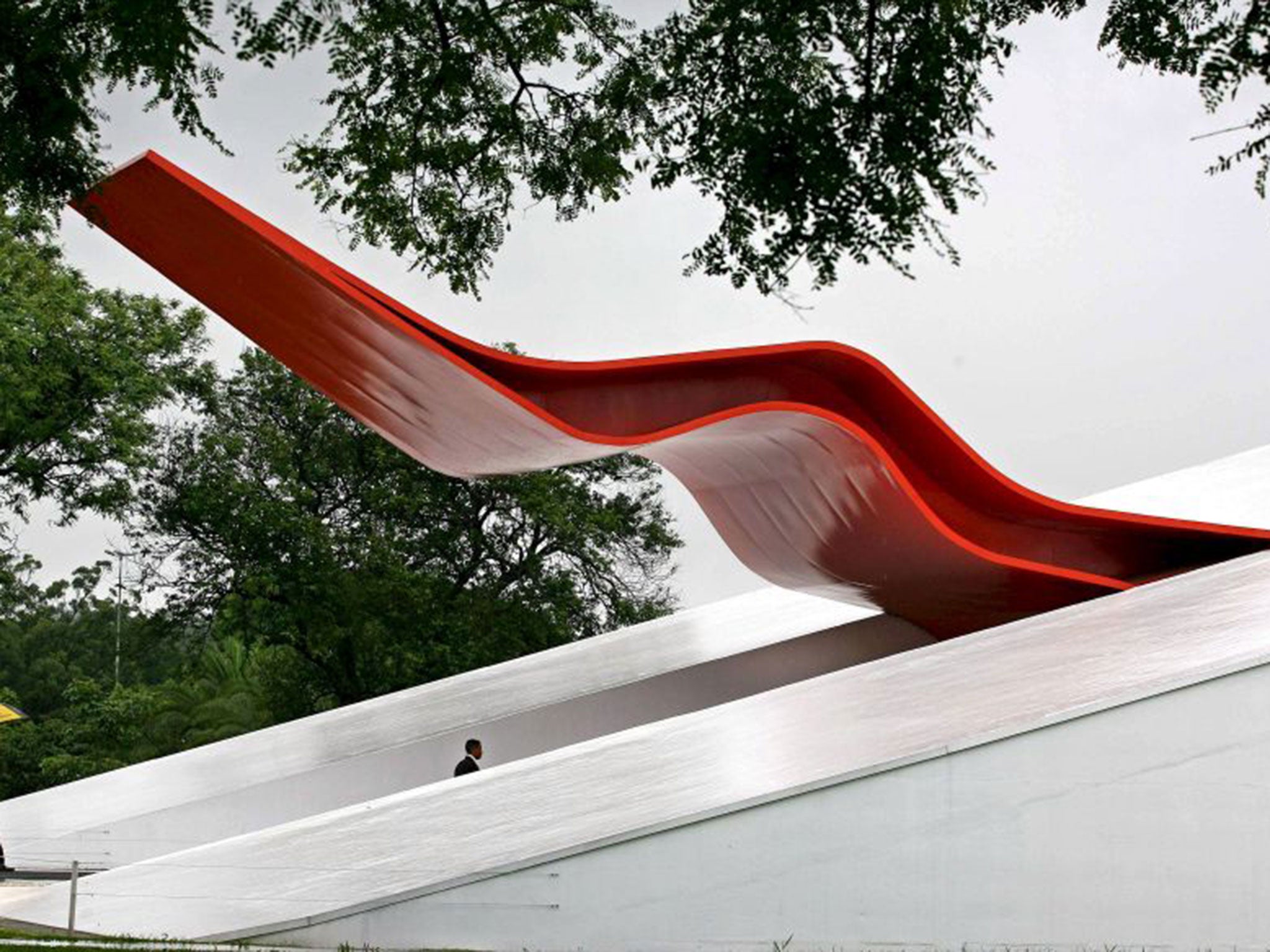The hard stuff: Why concrete is still best for stunning architecture
A new book reminds us that the man-made mixture is anything but grey

Your support helps us to tell the story
From reproductive rights to climate change to Big Tech, The Independent is on the ground when the story is developing. Whether it's investigating the financials of Elon Musk's pro-Trump PAC or producing our latest documentary, 'The A Word', which shines a light on the American women fighting for reproductive rights, we know how important it is to parse out the facts from the messaging.
At such a critical moment in US history, we need reporters on the ground. Your donation allows us to keep sending journalists to speak to both sides of the story.
The Independent is trusted by Americans across the entire political spectrum. And unlike many other quality news outlets, we choose not to lock Americans out of our reporting and analysis with paywalls. We believe quality journalism should be available to everyone, paid for by those who can afford it.
Your support makes all the difference.Water, aggregate, cement. Mix them together, and you produce concrete – usually the most banal of building materials, not even as characterful or satisfying to touch as a well-fired brick. But when concrete is used by brilliant architects and engineers, the results are riveting. Even today, the world’s first iconic concrete structure, the unreinforced 43.4m dome of the Pantheon in Rome, completed in AD128, still seems breathtaking in its daring and beauty.
In the 21st century, software-generated algorithms and geometry often make the shaping and structuring of concrete as deliberately iconic as the vastly gloopy shell of Zaha Hadid’s Heydar Aliyev Cultural Centre in Baku; or controversial, as in the sculpted ripples of Thomas Heatherwick’s contested Garden Bridge across the Thames.
But the aesthetic and atmospheric qualities of concrete architecture are not just about shape-making. It’s about the feel of the material, the light and shadow it creates, its particular sense of “grunt” – or its lightness and delicacy. Concrete can make asymmetry as graceful as symmetry, or turn volumes of space into engrossing mysteries.
All of these sensual qualities are superbly illustrated in Concrete Buildings, a new two-volume boxed tome that, quite literally, weighs as much as a breeze-block. And so it should: the built environment is composed largely of concrete; the worldwide readymix concrete industry is worth £127bn a year – more than the values of all the other main building materials put together.

The grey slurry that sluices constantly out of many thousands of rumbling readymix drums worldwide can produce an amazing range of architectural effects.
It’s impossible to encounter the thick folds of Hadid’s municipal headquarters at Pierresvives, Montpelier, without feeling the sheer tonnage of the concrete. How about the weirdly lit sci-fi atmosphere of Chiaki Arai’s Niigata City Cultural Centre in Japan?
And how can you look at the vast, looming form of Tadao Ando’s Roberto Garza Sada Centre for Arts, Architecture and Design in Monterrey, Mexico, without flinching and imagining being crushed by its collapse at any moment?
The concreting of the world began with the Egyptians, who produced an early form of concrete using a lime and gypsum mix. Roman concrete – opus caementicum – was a much tougher combination of sand, volcanic ash, and hydrated lime. The Romans used concrete for buildings, bridges, aquaducts and viaducts for nearly two centuries, and their cement mix could support 200kg of weight per square centimetre. The sophistication of concrete took a big French-led step forward in 1853 when a house in Paris was built using iron-reinforced concrete; and by 1892, François Hennebique had patented a concrete column-and-beam system at about the time that Chicago’s early steel-reinforced buildings were going up.

In 1913, Max Berg completed the 69m-wide dome of the Centennial Hall in Wroclaw, Poland; and in 1923, Auguste Perret’s Notre Dame church at Le Raincy proved that concrete could be used for elegant modern architecture.
It was the great 20th-century modernist architects and engineers who used concrete to literally break the mould in the way buildings and structures could be formed.
The most sensational results were produced by a Finn and a Brazilian: Eero Sarinen’s 1950s TWA air terminal in New York was concrete in exquisitely arrested meltdown; and in Sao Paulo, Oscar Niemeyer’s Ibirapuera Auditorium greets visitors with a red concrete tongue. Less dramatic, but much more profoundly atmospheric, are the chapel at Ronchamp designed by Le Corbusier – probably the single most iconic chunk of modern concrete architecture – and Peter Zumthor’s Bruder Klaus chapel in Germany, whose charred concrete interior was shaped by a tepee of 113 tree trunks that where burned away once the concrete had set.
Younger practices continue to add to the lexicon of concrete architecture.
The Chilean designers, Pezo von Ellrichhausen, used dyed-green concrete for their block-like house in San Pedro; in Acapulco, BNKR’s Sunset Chapel is a weirdly angular concrete boulder; and Rudy Ricciotti’s MuCEM exhibition hall in Marseille has a filigreed concrete shell.
How cool is concrete? In the right hands and imaginations, very cool indeed.
‘Concrete Buildings’, by Philip Jodidio is published by Taschen
Join our commenting forum
Join thought-provoking conversations, follow other Independent readers and see their replies
Comments